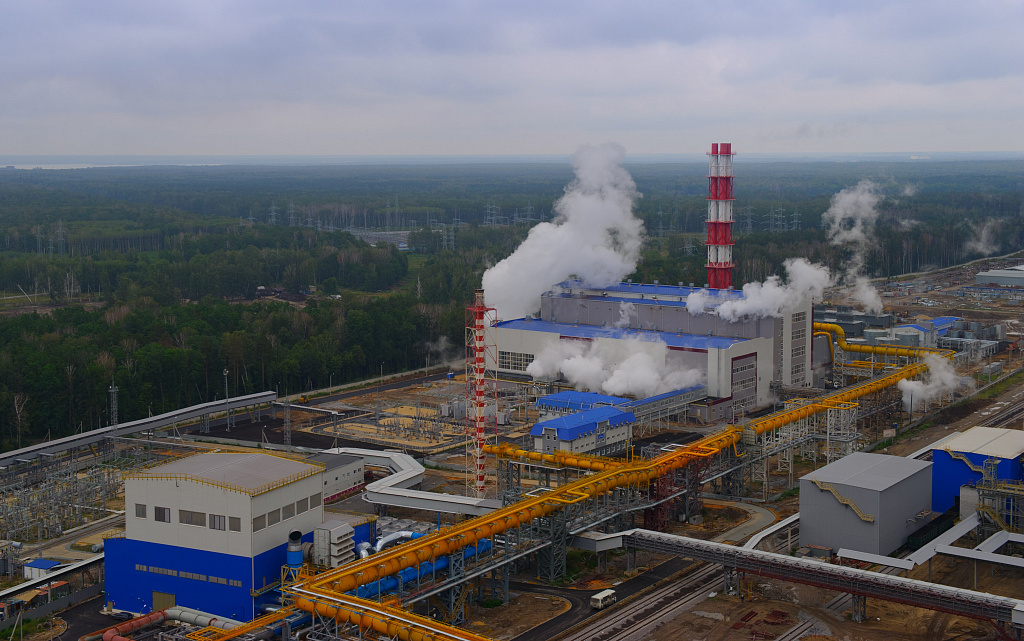- Home
- Sustainable development
- Energy efficiency
- Energy efficiency cases
- Green power generation at the Lipetsk site
Green power generation at the Lipetsk site

One of NLMK Group’s important environmental priorities is the use of by-products to generate power. At Novolipetsk, the Group’s main site, electricity is generated by blast furnace gas, a by-product of blast furnaces. The amount of power generated in this way has increased by 280% since 1999. In 2014, the company was able to meet 54% of its electricity needs.
Novolipetsk’s in-house power generation
- Cogeneration plant (332 MW)
- Recovery cogeneration plant (150 MW)
- Top-pressure recovery turbine plant (28 MW)
Cogeneration plant and recovery cogeneration plant: Blast furnace gas produced in the process of making pig iron is fed to the cogeneration plant and recovery cogeneration plant to generate power. Put into operation in 2011, the advanced 150 MW recovery cogeneration plant is fuelled by blast furnace gas from blast furnace No. 7.
Top-pressure recovery turbine plant: Burning blast furnace gas at the cogeneration plant and recovery cogeneration plant is not the only way of generating power at Novolipetsk: it also has a top-pressure recovery turbine (TRT) plant, which combines two TRTs.
The first TRT, which uses gas produced by blast furnace No. 7, was put into operation in 2015. The second one is scheduled to be launched in 2016 and will be fired by gas from blast furnace No. 6.
How does a top-pressure recovery turbine (TRT) work?
When gas escapes from a blast furnace, it does so at a very high pressure (about 2.5 atm) which must be reduced before it can be piped into the cogeneration plant. The pressure was previously reduced to 0.15 atm at a special pressure reduction station, and this energy source was not utilized. Top-pressure recovery turbines are put into operation to use this gas pressure energy to spin the turbine and rotors of the generator, harvesting the power produced. Since no fuel is burnt in the process, TRT is considered to be an environmentally friendly energy source.
The TRT plant will help increase Novolipetsk’s energy self-sufficiency to 56% from 54%; and reduce the amount of electricity purchased by 200 million kWh a year, about 6% of the total electricity purchased.
NLMK’s by-product-fired power generation, MW